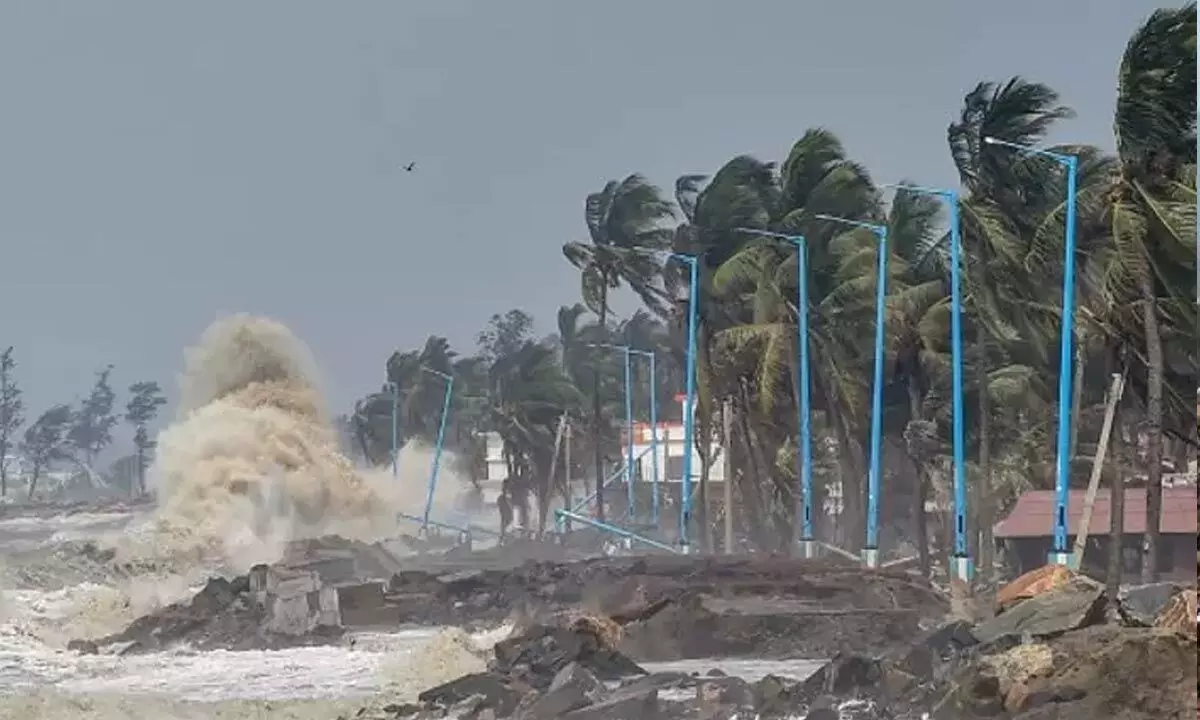What's behind naming cyclones?
Cyclonic storm Asani, which hit the headlines for the past few days, developed over southeast regions of Bay of Bengal and intensified into a severe cyclone on Monday, was named by Sri Lanka.
image for illustrative purpose

Visakhapatnam: Cyclonic storm Asani, which hit the headlines for the past few days, developed over southeast regions of Bay of Bengal and intensified into a severe cyclone on Monday, was named by Sri Lanka.
Asani means 'wrath' in Sinhalese. The next cyclone has been named by Thailand as Sitrang.
Putting an end to arbitrary naming of cyclones, meteorological experts resolved to name them in an organised and efficient way from September, 2004. The World Meteorological Organisation, an agency under the United Nations, had resolved to name each tropical storm a name with some criterion to avoid confusion. IMD is among six regional specialised meteorological centres authorised by WMO to name a cyclone that forms over the northern Indian Ocean with a wind speed of 62 kmph or more. When it crosses the speed limit, it is termed as hurricane, cyclone or typhoon.
The names are fixed alphabetically arranged countries with the conditions that they are neutral to gender, politics and religion. The word should not exceed eight letters. Names from India that were used earlier include Gati (speed), Megh (cloud), Akash (sky). Bangladesh had named some of the cyclones as Ogni, Helen and Fani and Pakistan Laila, Nargis and Bulbul. Ghurni, Probaho, Jhar and Murasu are the upcoming names from India.

